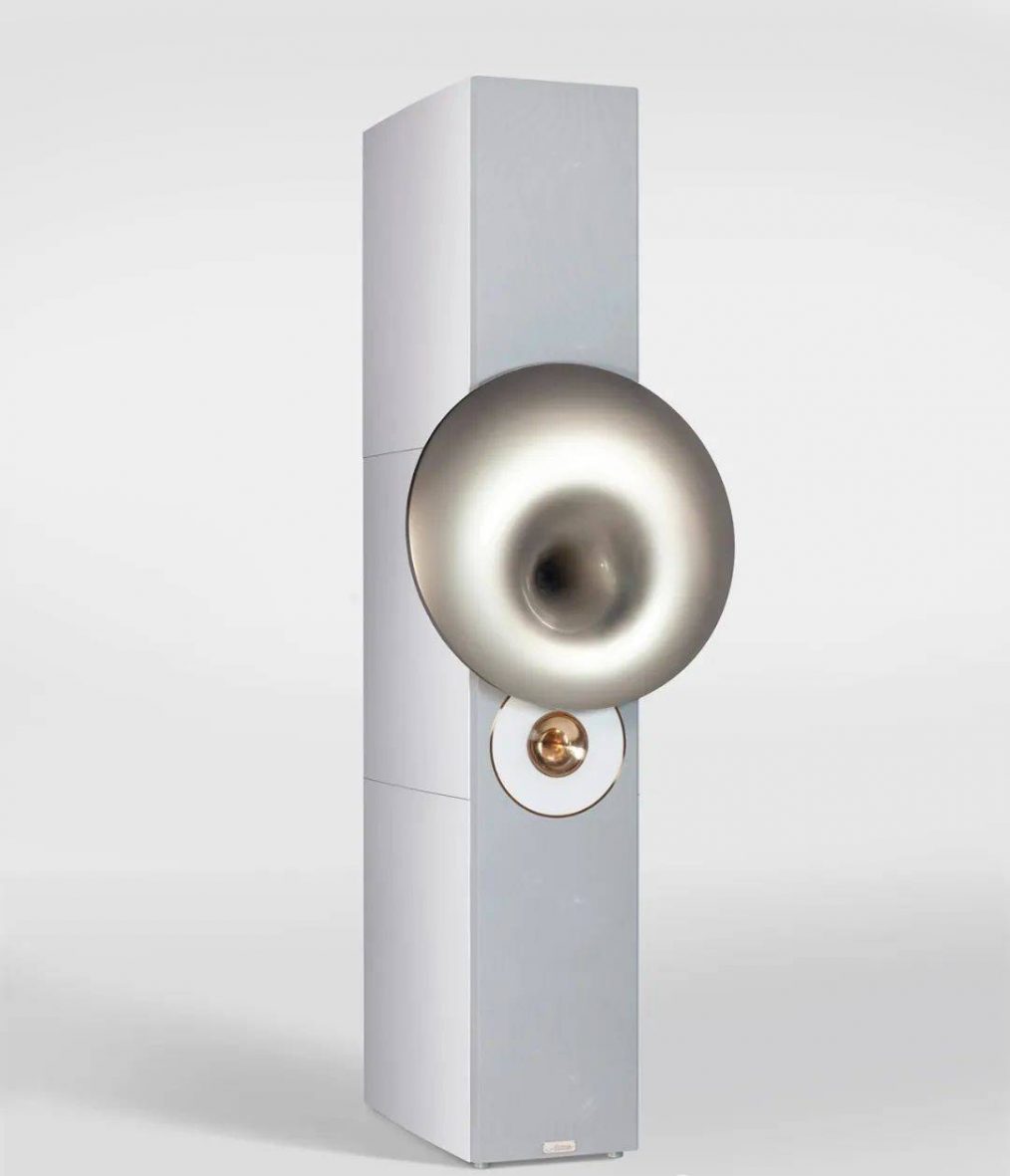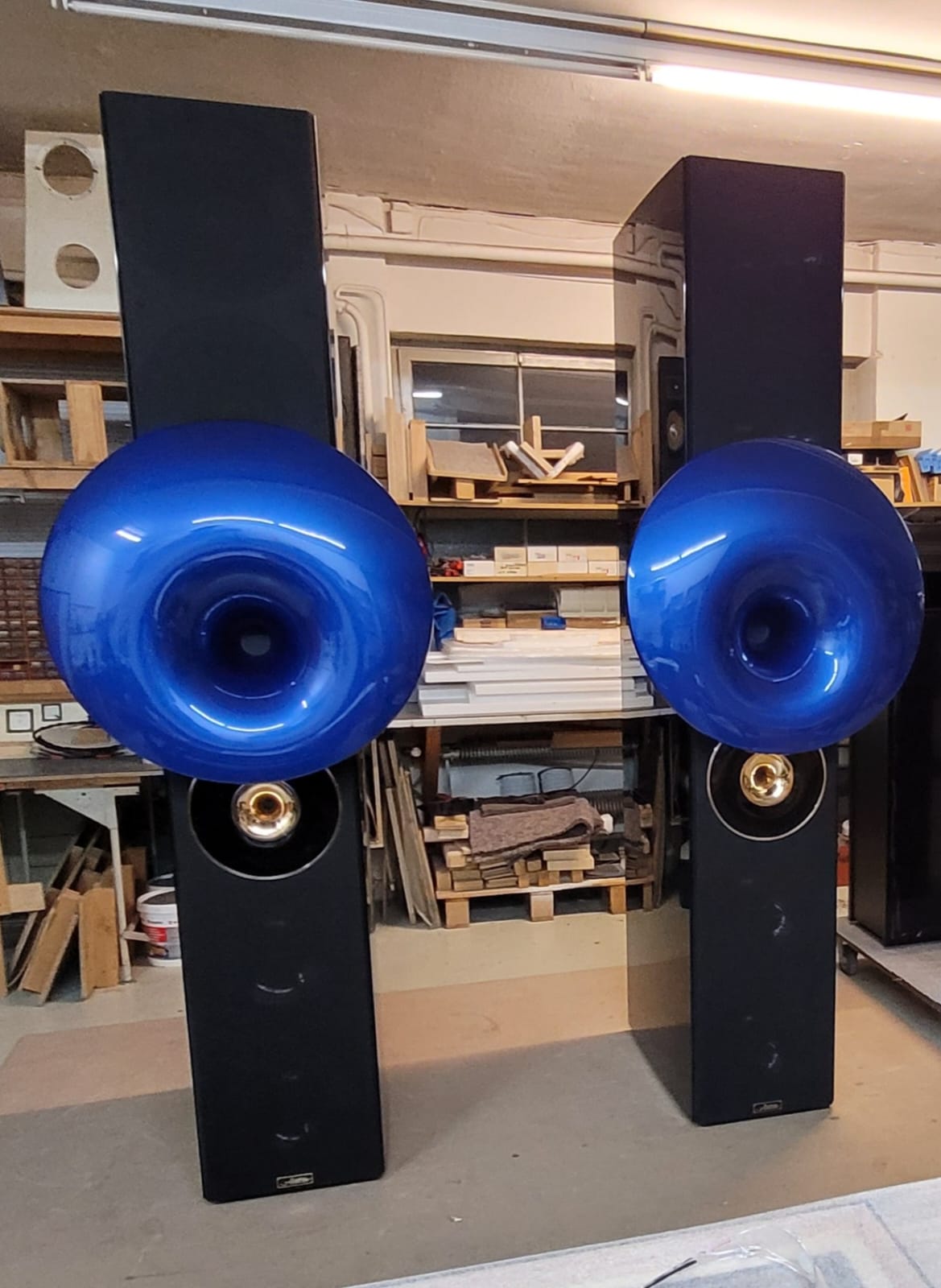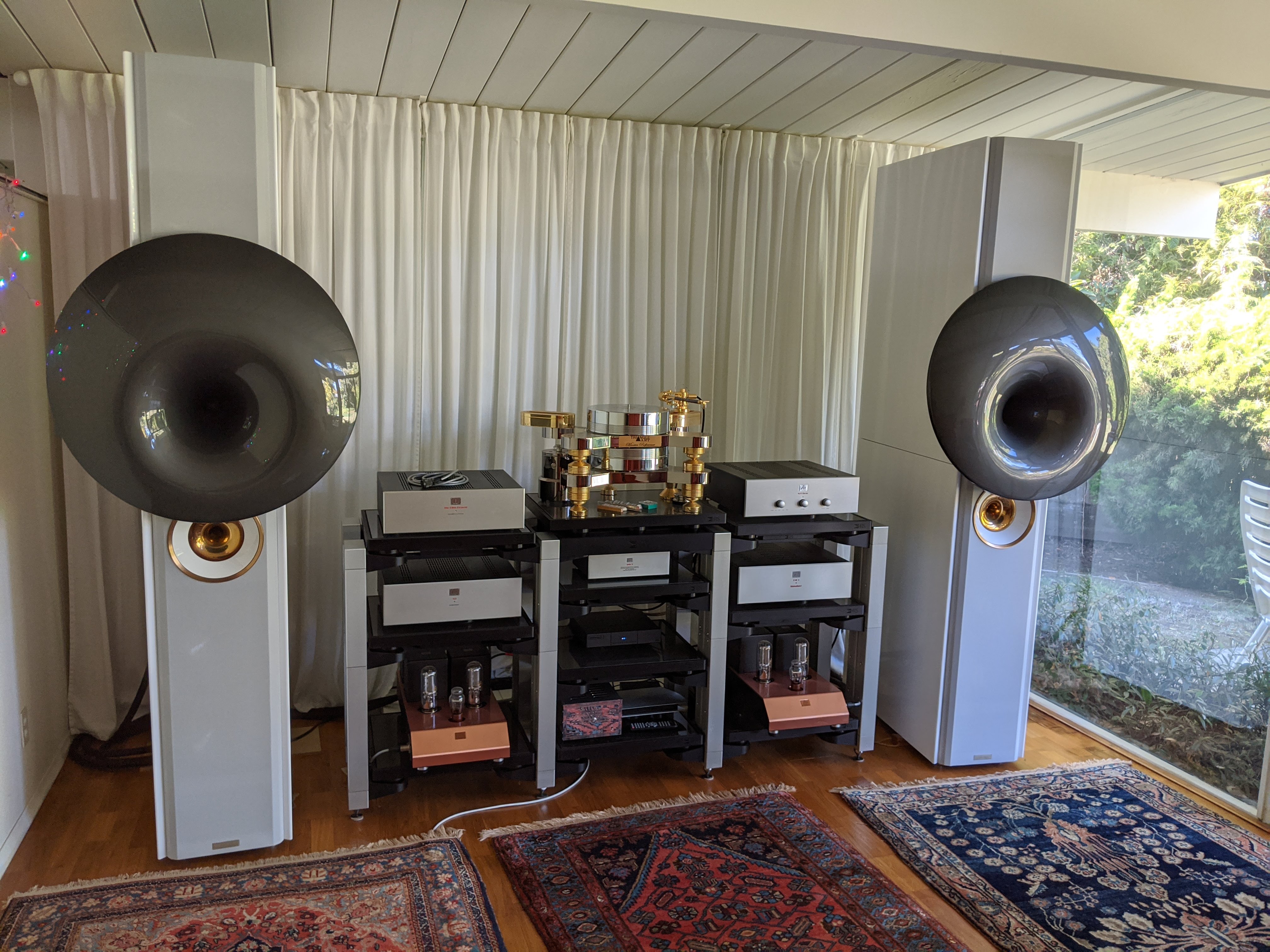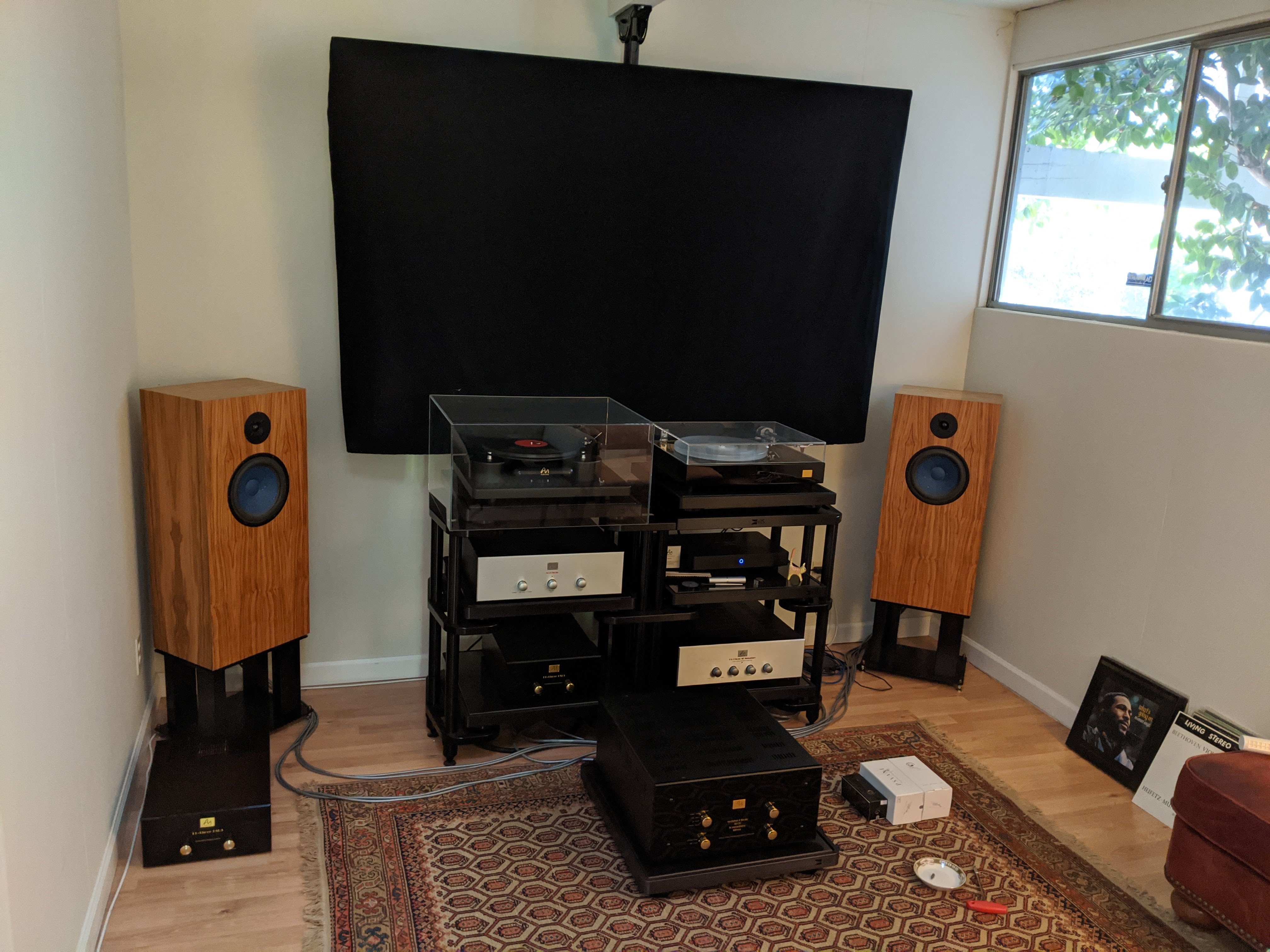I have been reflecting lately on communicating audiophile concepts with other humans.
When I meet someone for the first time [we actually had quite a few people here recently listening to various systems before Omicron hit], I have taken to approaching the description of the quality of audio by reducing it to three simple dimensions:
Resolution
Dynamics
Musicality
The idea is that unsophisticated audiophiles will understand more or less what these mean, and more experienced audiophiles will recognize these as big topics that prepare the groundwork for deeper discussion.
Problem is that, with mask-muffled conversations and COVID-fear reducing the length of unnatural socially-distanced conversations, when I say “resolution” – for example with respect to large mid-century horn speakers lacking same – some might immediately assume I mean hyper-detailed sound versus what I really mean: sufficiently realistic and nuanced sound as to help suspend disbelief that this is just a reproduction.
So, in the interests of not having to explain exactly what I mean with respect to these dimensions in the future as we await these dire days to disappear in the rear view mirror:
Resolution
The dimension where modern technology has the best successes and yet this dimension can also be the most misunderstood of them all.
Details, yes. And even details can be themselves be detailed [i.e. not just clearly defined notes, but the notes themselves can be quite complex in and of themselves].
And resolution includes harmonic resolution. The ability to not just get the primary frequency right, but the subtle over- and undertones. Add in the details with respect to the micro changes in harmonics.
Not stopping there, detailed dynamics itself can either be absent, or malformed, or exaggerated, or early or late. So high resolution dynamics gets these things correct – or more correct than not, anyway.
Dynamics
In its crudest form, this means slam.
How close is the reproduction to true life dynamics?
And, for this discussion, dynamics means not just macro dynamics, but midi and micro dynamics.
My [albeit limited, never having lived with them] experience is that mid-century horns do better at macro dynamics, not so bad at midi dynamics, and poorly at micro-dynamics, for example.
On the other hand, I think all music reproduction systems really suck at reproducing true life dynamics, especially in the midi- and macro levels. I mean REALLY suck. [This is why Neli and I favor high-efficiency speakers like Audio Note, and Acapella horns, and Audio Note amplification chains using massive custom transformers that CONTROL that speaker, and EMM Labs MTRX amp’s ability to instantly apply power when needed, etc. etc. AND the fact that they do not sacrifice Resolution nor Musicality as they seek to come closer to true-life dynamics than other solutions].
Musicality
Hard to describe this – and perhaps this is just a catch-all for high-quality of reproduction that dares to compare itself to real music.
Here again we are required to talk about nuance and performance levels.
Base case, people “recognize the melody” and decide that, yes, it sounds like music.
Or that is sufficiently loud, Or it has sufficient bass energy. Or that their toe starts tapping.
I think there is more to it than these things. And that it does start with self-examination, becoming aware of how you are reacting to the sound.
If you believe, as I do, that music is an expression of deep experiences – human to human communication of what it means to be alive – then musicality is then the measure of how impactful the sound is.
Does it affect you? To what degree?
Yes, this does depend a lot of the song being played, your state of mind at the time, many things. But in aggregate, over time, how often does your system affect you personally, calling forth both emotional and intellectual responses?
This is musicality.
Cool thing is, the definition allows for our music reproduction systems to have more musicality than real music :-). That they can affect us more than the music would have when it was being played live.
Then again, sometimes we are competing against sitting in front of Jimi Hendrix being Jimi at 100+ db.
Or [something I reflect upon as Neli plays a morning of Christian Christmas choral music] sitting in a huge medieval church of outlandishly lavish architecture listening to wondrous singing and organ music louder than anything anyone had heard, at the time, outside of the occasional serious thunderstorm.
Happy New Year… 2022… everyone!












